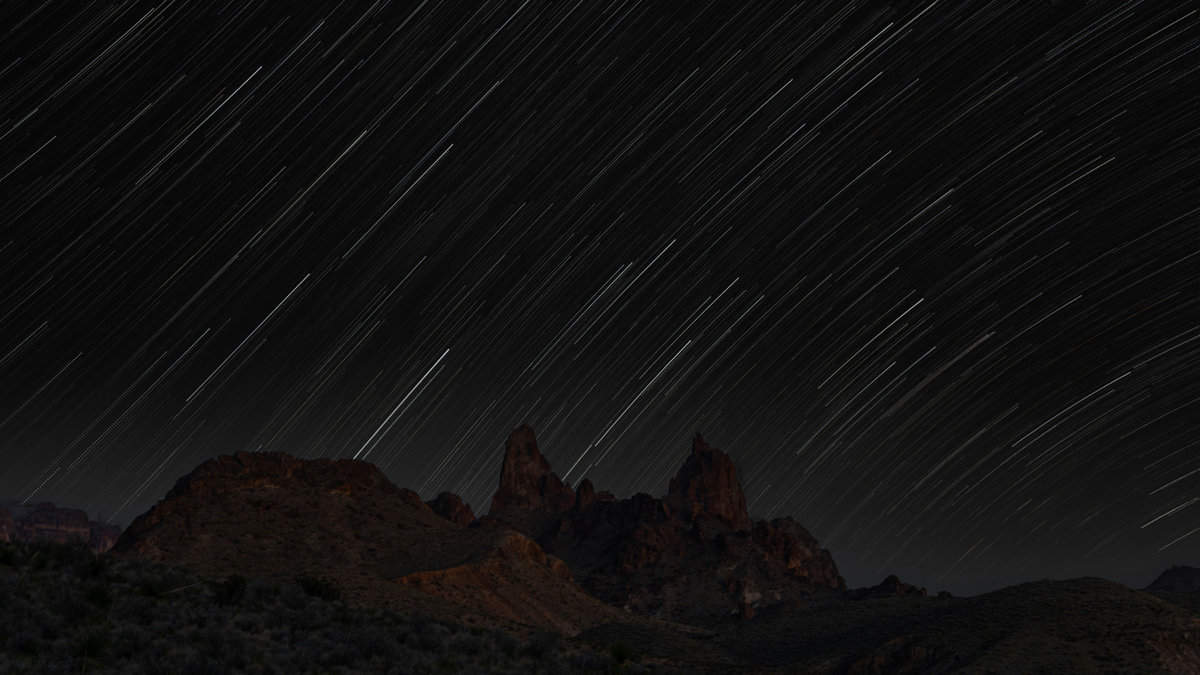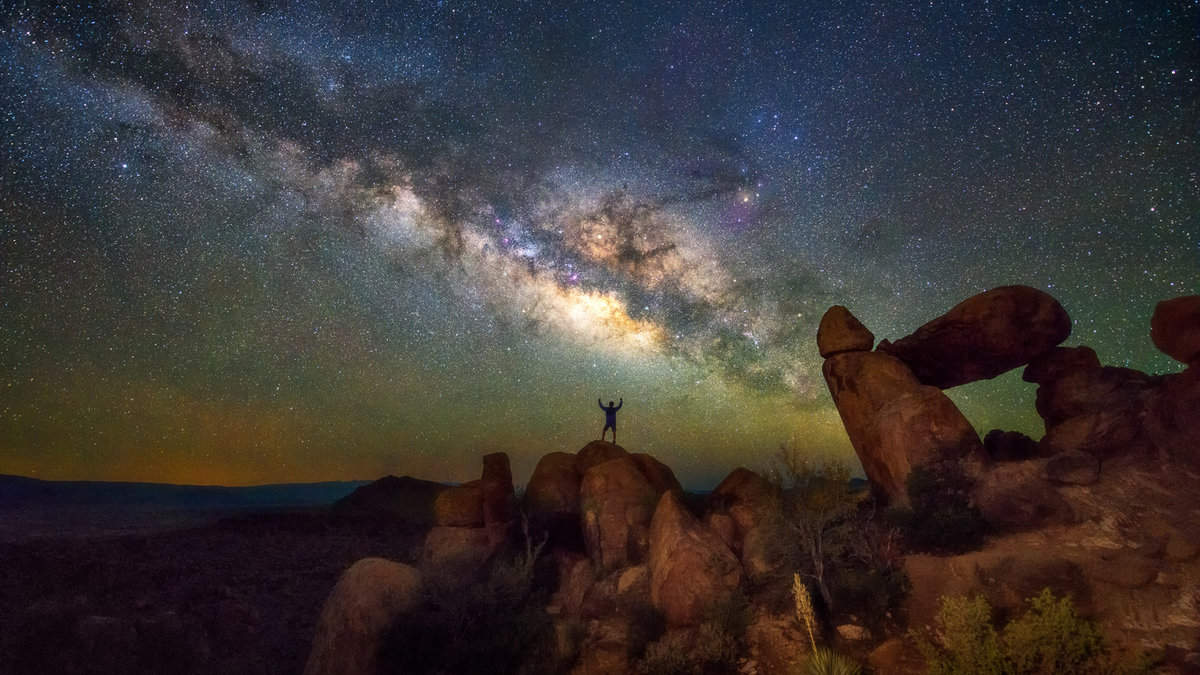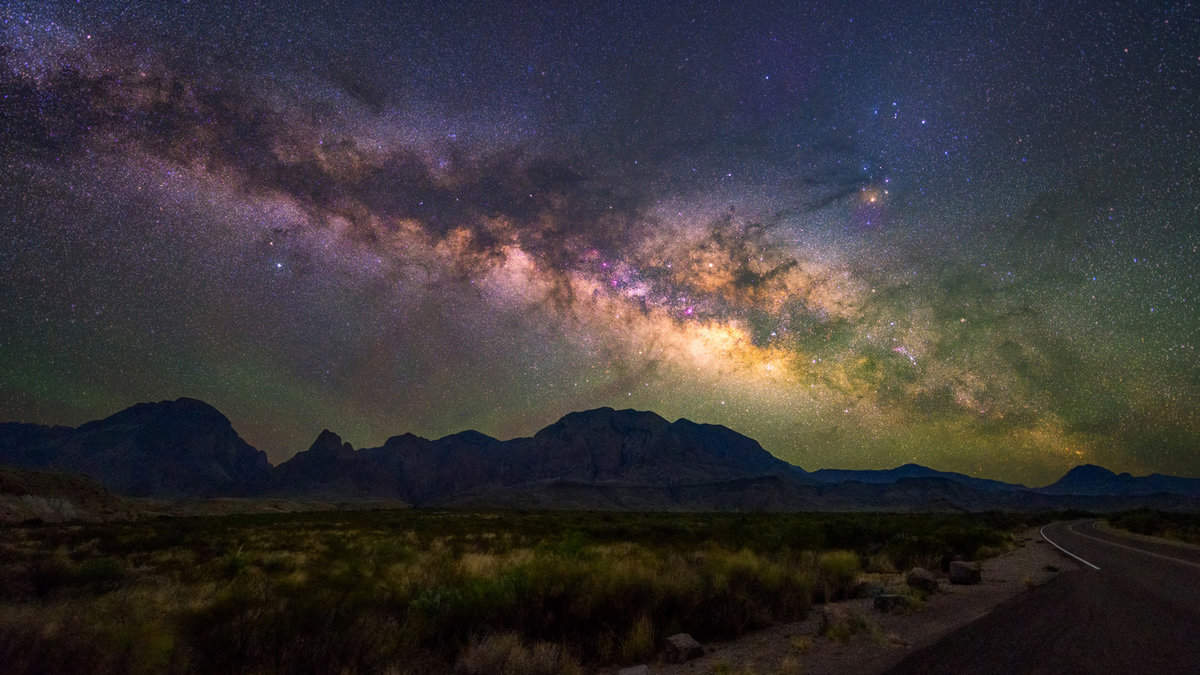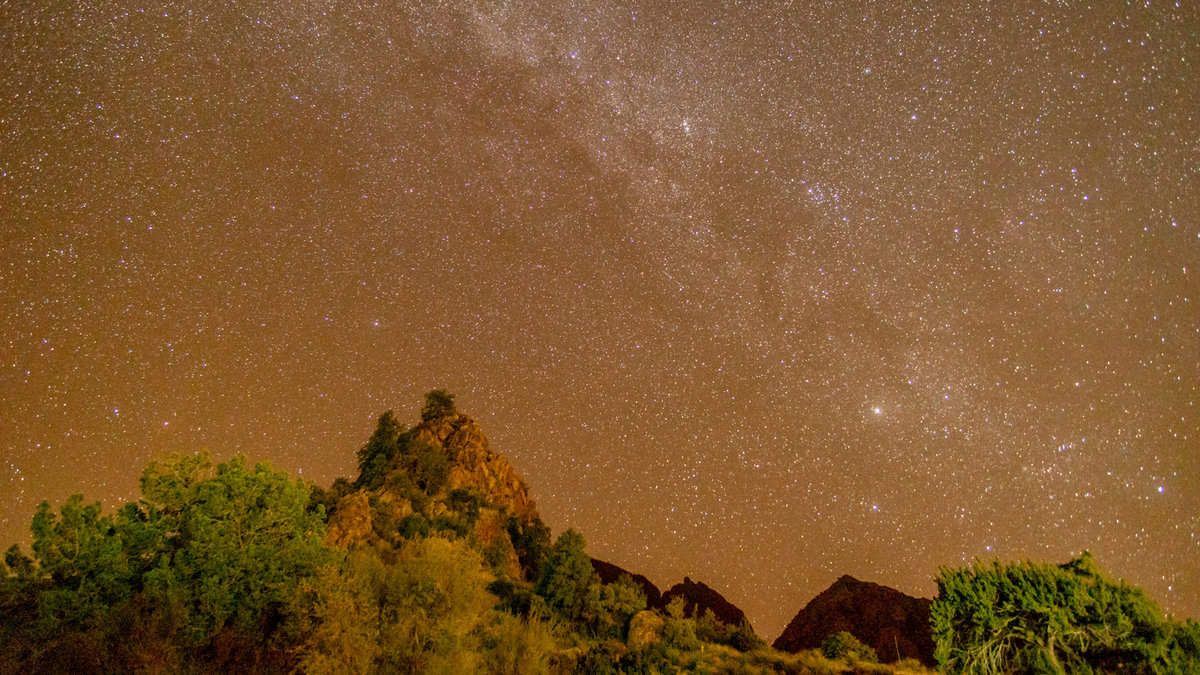Ever thought about combining a wild nature trip with some out-of-this-world stargazing? Well, tucked away in the vast, wild terrains of Texas is a secret waiting to be uncovered: the Big Bend National Park.
Now, before you say, "Another park? Been there, done that!" – hang on a second. Big Bend isn't just about the sprawling landscapes or those Instagram-worthy canyons.
Incredible observatories also surround it! That's right. Imagine gazing up at a clear sky, and you feel like you could almost touch the stars.

At Big Bend, you're in for a celestial treat that's hard to find elsewhere. By the end of this article, you'll not only know the ins and outs of this magical place but also some handy tips to make your stargazing experience truly unforgettable.
So, grab your favorite blanket, maybe a cup of cocoa, and let's get into the wonders of Big Bend. Ready to join the starry adventure?
Big Bend's Celestial Secret
While Big Bend National Park, stretching over a vast 800,000 acres, is already a marvel during the day, it transforms into a stargazer's paradise by night.

And while there's no dedicated observatory right in the park, don't fret – nearby observatories are ready to elevate your cosmic journey.
Now, here's a fun tidbit: in 2012, Big Bend was crowned with the International Dark Sky Park status. But wait, there's more!
Its neighboring Big Bend Ranch State Park shares this starry accolade, and together, they shield a mind-blowing 1,112,000 acres of dark skies.
This combined effort isn't just for show; it's a pledge to protect the heavens' grandeur. So, next time you're in the area, look up! The cosmos beckons and the Big Bend region ensures you've got a front-row seat to the grand celestial show.
If you're looking for more stellar stargazing spots, don't miss our guide to the Top 5 U.S. National Parks For Star Gazing.
A Brief Dip into History
Before we journey to the stars, let's take a walk down memory lane. Big Bend's history is intertwined with the very fabric of our nation.

Native tribes, such as the Chisos and Comanche, once roamed its vastness, with the stars guiding their way. Fast forward a few centuries, and in the 1930s, the U.S. government recognized its unique beauty and declared it a national park.
The observatories were added later, bridging the ancient and the modern, reminding us of our eternal connection to the universe.
Exploring the Observatories Beyond the Stars
While the night sky is the main attraction, the observatories around Big Bend are marvels in their own right.
The Big Bend Observatory in Terlingua stands out with its unique offering as both a vacation spot and a stargazing hub.
Overlooking Willow Mountain, guests can relish a cedar cabin stay while having exclusive access to a telescope with a 6" lens and an elevated SkyDeck.
No prior experience is needed to delve into the stars here. A short distance away, the renowned McDonald Observatory beckons with its advanced telescopes and rich history of astronomical research.
Regular events and workshops there bridge the gap between science and the public. Both observatories provide unforgettable experiences, making the night sky more accessible and awe-inspiring.
Stargazing 101: Tips for the Best Experience
If you're new to stargazing, fret not! Here's a brief guide to get you started:

1. Time It Right
For an awe-inspiring view of the Milky Way, Big Bend is your go-to destination, especially during the summer months in the northern hemisphere.
To maximize your stargazing experience, plan your visit between October and April, the park's dry season, minimizing the chances of rain interruptions.
While March is a particularly popular time to visit, remember that the days leading up to, during, and just after each new moon are prime for stargazing. This is when the absent moon allows fainter stars to shine brilliantly.
To stay informed on moon phases, consider using apps like "Stellarium" or checking the Moon Phases Lunar Calendar for Big Bend.
2. Pack Smart
Equip yourself with a red flashlight to navigate without hindering your night vision.
Click here to see this red flashlight on Amazon.
As desert temperatures drop post-sunset, a warm jacket is indispensable.
Click here to see this jacket on Amazon.
For a closer look at the stars, a pair of binoculars, along with a star chart or a stargazing app, will be your best companions in identifying constellations and celestial wonders.
Click here to see this pair of binoculars on Amazon.
3. Stay Patient
Your eyes need about 20 minutes to adjust to the dark, a process known as "dark adaptation," where the photoreceptor cells in our eyes regenerate for low light conditions.
Give it time, and as this adaptation occurs, the celestial wonders will become increasingly vivid and awe-inspiring.
If the stars at Big Bend captivate you, extend your celestial journey to Florida's Dry Tortugas National Park, a renowned haven for both bioluminescence and stargazing.
Engage & Explore
For those itching to dive deeper, Big Bend often collaborates with local astronomy clubs like the West Texas Astronomers.
Attending one of their star parties or workshops can be a fantastic way to meet fellow stargazers and learn from seasoned astronomers.
If you've got an eye for beauty and wish to capture the celestial dance, consider joining astrophotography sessions in "Big Bend Photography Workshop," or "Big Bend Astrophotography Workshop," where professionals guide you on capturing the Milky Way and meteor showers in all their glory.
A Starry Conclusion
In conclusion, Big Bend National Park emerges not just as a haven of nature but as a gateway to the cosmos.
With its storied past and the modern marvels of nearby observatories, it calls everyone to delve deeper, learn, and, most crucially, gaze upwards in awe.
Whether a veteran of the skies or just a wanderer with curious eyes, Big Bend offers an illuminating and magical encounter. So why wait? The stars are calling!



